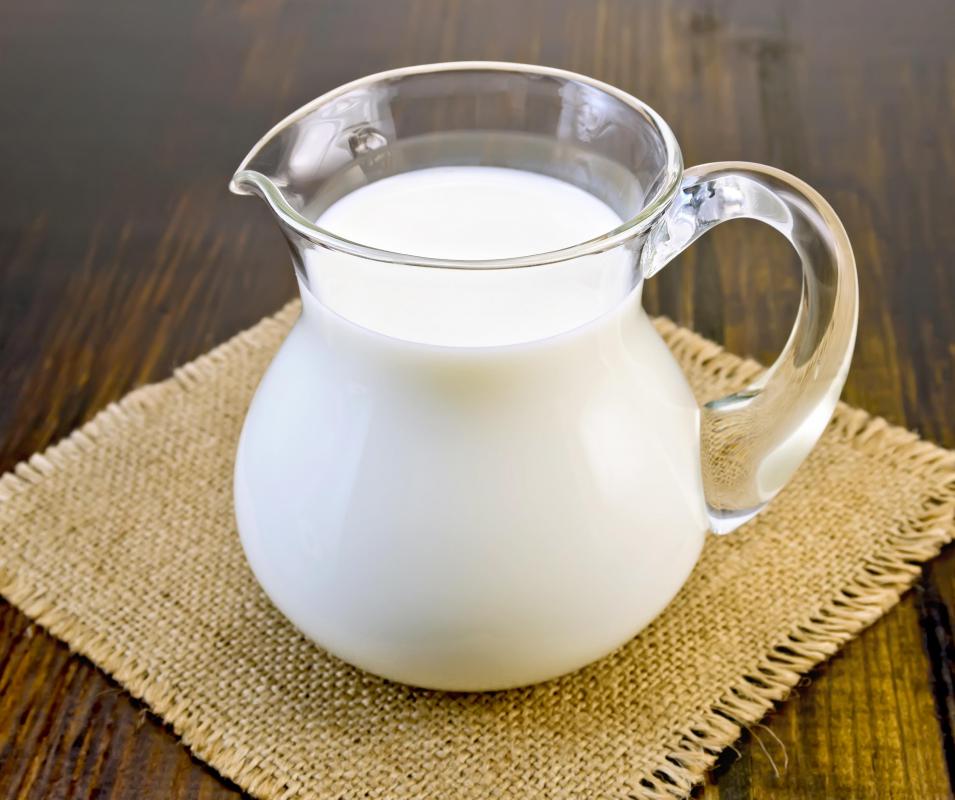At DelightedCooking, we're committed to delivering accurate, trustworthy information. Our expert-authored content is rigorously fact-checked and sourced from credible authorities. Discover how we uphold the highest standards in providing you with reliable knowledge.
How Do I Choose the Best Camembert Cheese?
There are three types of camembert cheese. One type is made with raw milk, one with pasteurized milk, and one is made with milk that is specially treated to kill pathogens, but not pasteurized. Camembert cheese is a soft cheese similar to brie, with a lightly salty flavor. It has a white, moldy rind, which becomes slightly red as it ages.
Camembert cheese is thought to have been invented in Camembert, France, by a farmer named Marie Harel. The cheese is aged for about four to five weeks. At the beginning of this time, the cheese is a bit runny, though it becomes more firm as the weeks go by. Cammebert is at its ripest in the last five days of the five week period. When you eat your camembert depends on how you like it, but those new to camembert should stick with the last week.

Traditional camembert is made with raw milk, as this typically produces camembert cheese with the richest flavor and creamiest texture. It can be spread on crackers or heated into a sauce. Availability of raw milk camembert varies by country; it is still popular in some areas of France, but in some other countries it may only be available at farmer's markets or from other private sellers.

Some produces of camembert gently heat or filter the milk to remove bacteria or other pathogens, without fully pasteurizing. This method is especially popular in France, where camembert cheese is part of the cultural heritage. There is some disagreement about whether this produces the same quality of cheese as the use of raw milk. Treated, unpasteurized camembert may not be available in all countries due to governmental regulations banning potentially harmful bacteria, or the importing of food that is unpasteurized.

The most widely available type of camembert cheese is made with milk that has been fully pasteurized. According to food aficionados, it also had the weakest flavor. Pasteurized camembert can be sold everywhere without special regulations, and can still be used in the same ways as raw milk camembert cheese.
Pasteurization kills bacteria and other microorganisms. Cheese made with unpasteurized milk may contain these harmful microorganisms. The risk is low, but people who eat these cheeses risk getting food-borne illnesses such as Escherichia coli. There is also a risk of infections like tuberculosis, which may be passed from the cow. If raw milk camembert is available in your area, decide whether the small risk of illness is worth it for the quality of cheese you will get.
AS FEATURED ON:
AS FEATURED ON:













Discuss this Article
Post your comments